In a surprising turn of events, a previously unknown mountain in Africa has been discovered with the help of Google satellite maps. This extraordinary finding, made by Julian Bayliss of Oxford Brookes University in 2012, brought to light a mountain that had remained hidden from scientific knowledge. Named Mount Liko, this mountain is an inselberg, a solitary rock formation that sits amidst a flat plain.

Typically composed of durable volcanic rocks like granites and basalts, inselbergs are resistant to erosion, making them stand tall while surrounding sedimentary rocks wash away. Mount Liko rises 1,100 meters above sea level, with a nearly vertical 700-meter cliff leading to its peak. The formidable nature of this terrain rendered it inaccessible to locals and untouched for many years.
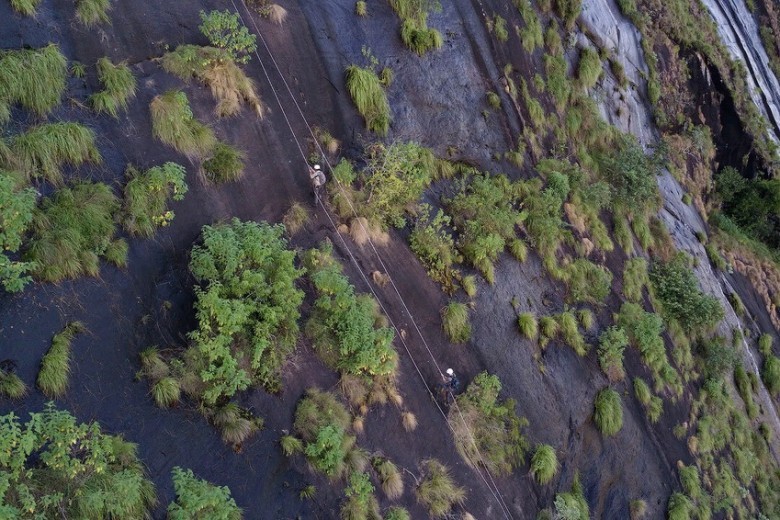
In 2018, Bayliss organized an extensive expedition involving scientists, climbers, and local residents to explore Mount Liko. Their findings were nothing short of sensational, yet many mysteries persist. Unexpectedly, the summit of the mountain hosted a deep layer of soil capable of sustaining not only stunted vegetation but an entire forest with towering trees, indicating its ancient origins.

Spanning approximately thirty hectares, this paradoxical ecosystem fascinated researchers. While the initial inhabitants of the mountaintop were likely insects and birds, the absence of the latter puzzled the expedition members. It is peculiar for a tropical forest to lack avian presence entirely, though bird sounds were faintly heard during their visit.
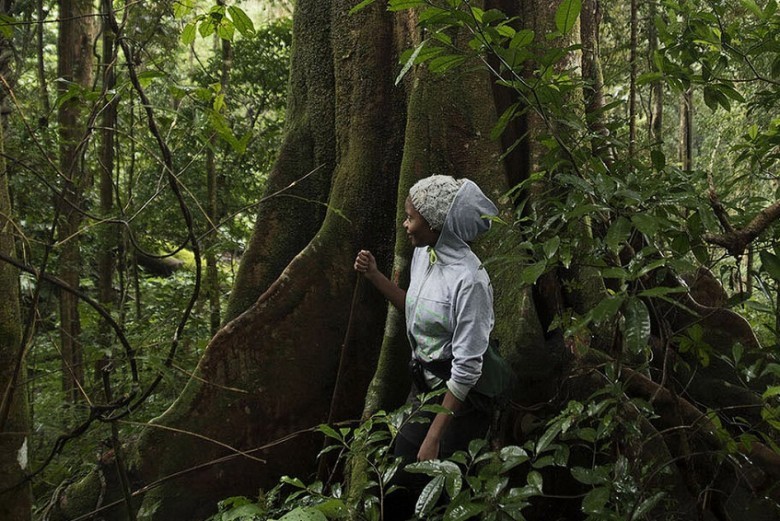
Adding to the intrigue, a stream flowed through the mountaintop forest, containing fish and catfish. The existence of a stream within a massive block of basalt is already remarkable, but the presence of fish raised questions about how they arrived there. One plausible explanation is that birds such as herons or ducks inadvertently carried fish eggs on their feet, unintentionally introducing them to the stream.

The expedition also revealed the abundance of numerous species, including butterflies, spiders, amphibians, reptiles, and small mammals like rodents. Notably, researchers encountered a rat of unusually large proportions, comparable in size to a small cat. All specimens collected are currently undergoing study and description, presenting the thrilling possibility of discovering new species and expanding scientific knowledge.

Furthermore, the exploration uncovered fragments of ancient pots, initially mistaken for round boulders. This finding signifies the presence of human activity atop Mount Liko. However, attempting to decipher its origin remains an enigma. Local tribes offered limited insight, with some recounting legends of dwarfs inhabiting the mountaintop, while others suggested the presence of German climbers during the German colonization period prior to World War I.

The theory involving Germans seems plausible, but it raises questions about their purpose in bringing ancient pots to the summit. If dwarfs indeed resided there, their sustenance remains a mystery as a viable population would require sufficient resources, potentially leading to the rapid degradation of the forest.
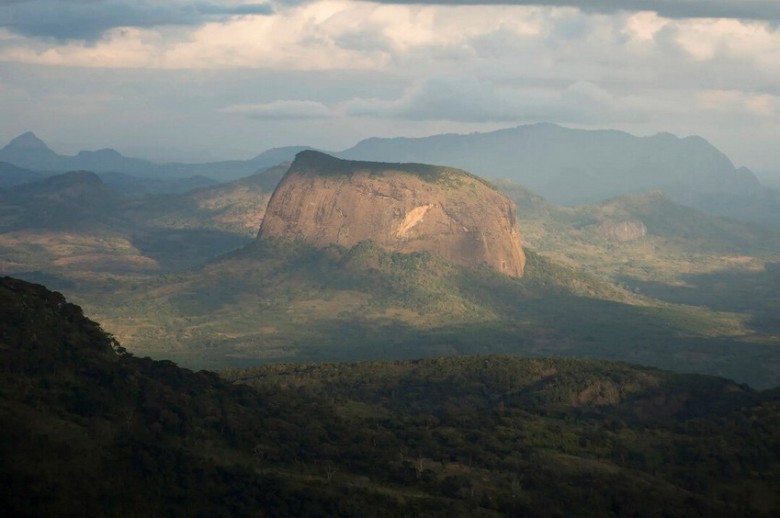
Overall, this captivating discovery has generated more questions than answers. It is impossible to predict when these mysteries will be solved, but eager anticipation remains for future revelations and a deeper understanding of the secrets concealed within Mount Liko.
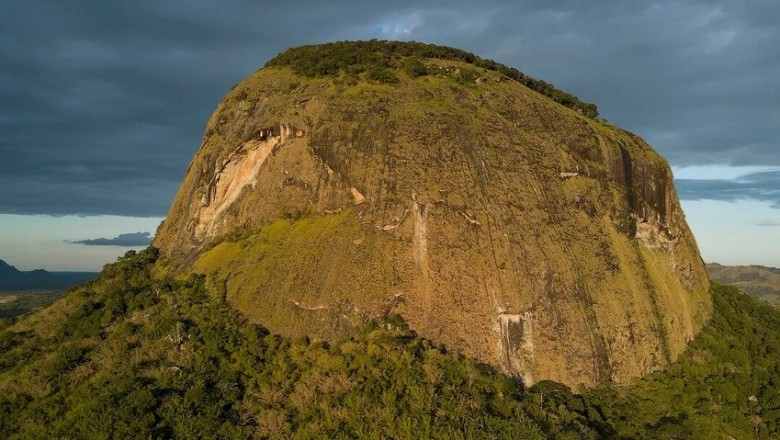



















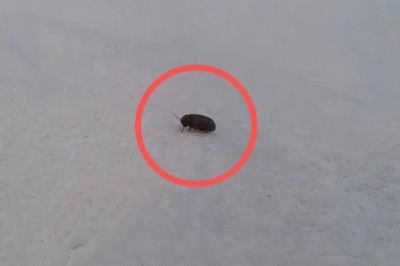
Comments
0 comment